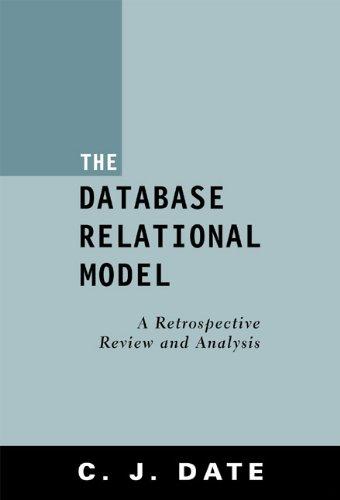Question
In class, we discussed a numerical measure of homophily for a characteristic that has only two possible values (e.g., gender). This problem asks you to
In class, we discussed a numerical measure of homophily for a characteristic that has only two possible values (e.g., gender). This problem asks you to extend that measure for a characteristic that has three possible values. Specifically, consider a group of n entities where each entity may have one of three values (a, b, and c) for a certain characteristic. Let n1, n2, and n3 be the number of entities whose values are a, b, and c respectively. Thus, n = n1 + n2 + n3. A social network of these n entities has a total of e edges. Derive an expression for the expected number of edges if the network was formed by random mixing.
Step by Step Solution
There are 3 Steps involved in it
Step: 1

Get Instant Access to Expert-Tailored Solutions
See step-by-step solutions with expert insights and AI powered tools for academic success
Step: 2

Step: 3

Ace Your Homework with AI
Get the answers you need in no time with our AI-driven, step-by-step assistance
Get Started


